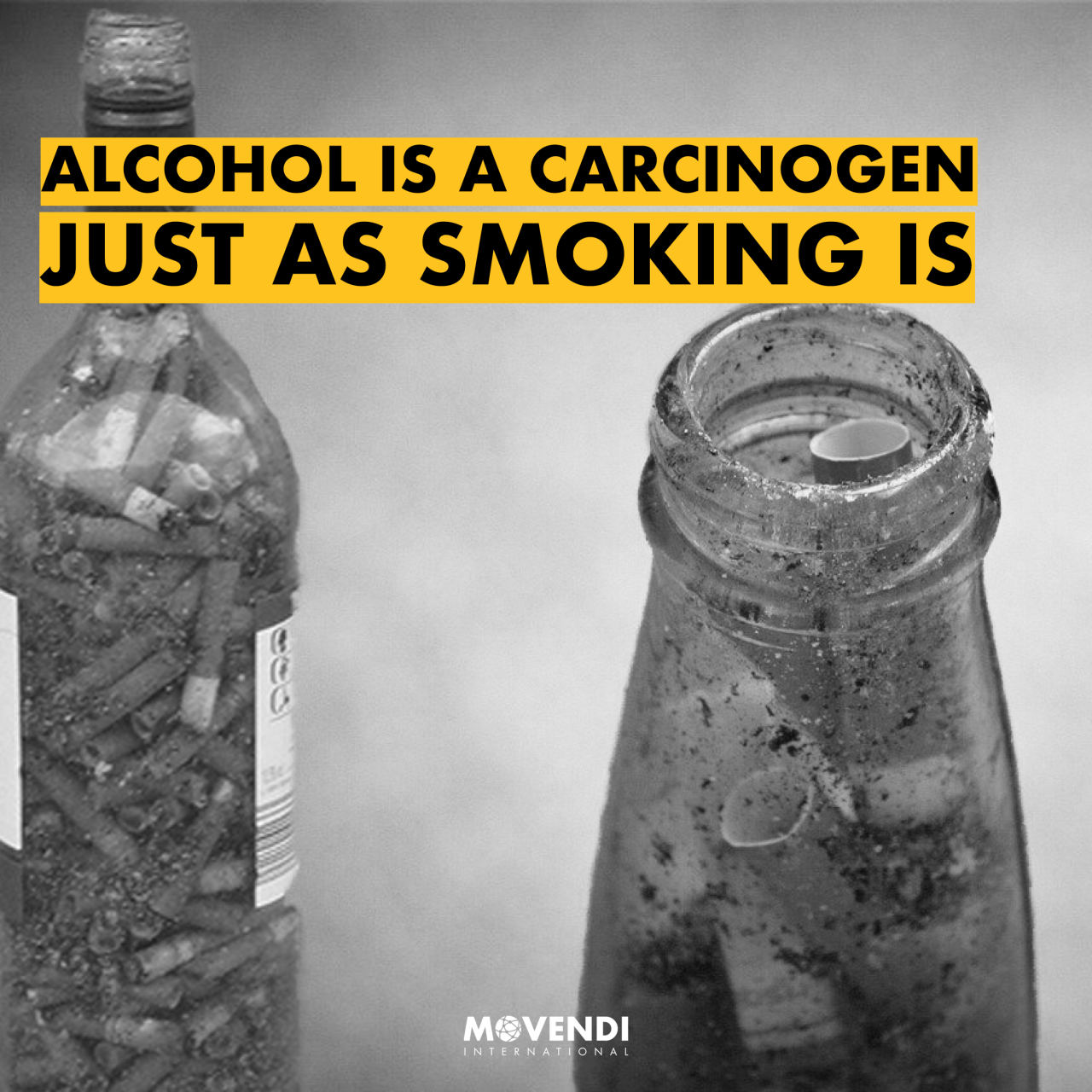Putting a cancer warning on alcohol is overdue, doctors say, and the debate is heating up. For years, the link between alcohol consumption and cancer has been scientifically established, yet alcohol labels remain largely silent on this crucial health risk. This omission raises serious questions about public health, economic impacts, and the legal responsibilities of both the alcohol industry and governing bodies.
Seriously, slapping cancer warnings on booze? It’s about time, doctors are saying. We need clearer messaging about alcohol’s risks, especially given the news that a Winter storm warning issued for Kansas City, as weekend travel to many areas might be impacted, potentially adding to stress levels and increased alcohol consumption. Bottom line: let’s get those warnings up and help people make informed choices about their health.
The call for mandatory warnings isn’t just about informing consumers; it’s about acknowledging the significant public health crisis fueled by alcohol-related cancers and taking proactive steps to mitigate it.
This issue involves a complex interplay of scientific evidence, economic considerations, legal precedents, and public perception. Understanding each aspect is crucial to evaluating the potential benefits and drawbacks of implementing cancer warnings on alcoholic beverages. We’ll examine the arguments for and against such a measure, exploring the potential impact on alcohol consumption, the alcohol industry, and ultimately, public health.
Putting a Cancer Warning on Alcohol: A Multifaceted Issue
The proposal to place cancer warnings on alcoholic beverages is generating significant debate. This article explores the public health, economic, legal, public perception, and scientific aspects of this complex issue, offering a balanced overview of the arguments for and against such a measure.
Seriously, putting cancer warnings on alcohol? It’s about time, docs say. We need to be clear about the risks, just like how we understand the intense rivalry between storied programs, as you can see in this article about Penn State vs. Notre Dame: Storied schools’ history ahead of 2025. Facing the facts, whether it’s football or health, is crucial for making informed decisions.
The link between alcohol and cancer needs to be as clear as the lines on a football field.
Public Health Implications of Alcohol Cancer Warnings

Implementing cancer warnings on alcohol could significantly impact public health. The potential effects are multifaceted and require careful consideration.
- Impact on Alcohol Consumption Rates: Studies on similar warnings on tobacco products suggest a potential, albeit possibly modest, decrease in alcohol consumption, particularly among vulnerable populations. The magnitude of this effect would depend on the design and placement of the warning labels, as well as the accompanying public awareness campaign.
- Ethical Considerations: Mandating such warnings raises ethical questions about individual autonomy and government intervention. Balancing the public health benefits with individual liberties is crucial. Some argue that individuals should be free to make their own choices, while others prioritize the collective good and the prevention of preventable harm.
- Effectiveness Compared to Tobacco Warnings: The effectiveness of graphic warnings on tobacco products has been a subject of extensive research. While evidence suggests a positive correlation between these warnings and reduced smoking rates, the transferability of this success to alcohol warnings needs further investigation. Alcohol consumption is often socially ingrained and culturally accepted to a greater extent than tobacco use.
- Public Awareness Campaign Design: A successful campaign needs clear, concise messaging emphasizing the link between alcohol and cancer, utilizing compelling visuals, and targeting different demographics through tailored channels (social media, television, print). The campaign should also address potential counter-arguments and misconceptions.
- Comparison of Cancer Risks:
| Carcinogen | Type of Cancer | Relative Risk (Example – needs to be replaced with actual data) | Prevalence |
|---|---|---|---|
| Alcohol | Breast, Liver, Colorectal | Moderate to High (needs specific data) | High (needs specific data) |
| Tobacco Smoke | Lung, Bladder, Kidney | Very High (needs specific data) | High (needs specific data) |
| Asbestos | Lung, Mesothelioma | Very High (needs specific data) | Lower (needs specific data) |
| Processed Meats | Colorectal | Moderate (needs specific data) | Moderate (needs specific data) |
Economic Considerations of Alcohol Cancer Warnings

The economic impact of implementing cancer warnings on alcohol is complex and involves several interconnected factors.
- Effects on the Alcohol Industry: The introduction of warnings could lead to decreased alcohol sales, potentially impacting profits and investment in the industry. However, this could be offset by increased sales of lower-alcohol or non-alcoholic beverages.
- Job Losses or Gains: Decreased alcohol sales might result in job losses within the alcohol production and distribution sectors. However, potential job creation in public health campaigns and related industries needs to be considered.
- Costs of Implementation and Enforcement: The costs associated with designing, printing, and enforcing new labeling regulations would need to be factored in. This includes the cost of auditing compliance and potential legal challenges.
- Economic Impact of Alcohol-Related Cancers: The substantial healthcare costs associated with treating alcohol-related cancers need to be weighed against the costs of implementing warning labels. A cost-benefit analysis would be necessary.
- Tax Revenue Changes: Reduced alcohol sales could lead to lower tax revenues for governments. This potential revenue loss needs to be carefully considered and possibly mitigated through alternative revenue streams or increased taxation on other products.
Legal and Regulatory Aspects of Alcohol Cancer Warnings
The legal framework surrounding alcohol labeling and advertising varies across jurisdictions. The introduction of cancer warnings would necessitate navigating existing regulations and potentially amending them.
Doctors are right; slapping cancer warnings on alcohol bottles is long overdue. It’s about time we took health seriously, just like young Luke Littler takes his darts career seriously, as you can read about in this amazing profile: Luke Littler: the mind and the making of darts’ youngest world. He’s focused on his goals; we should be focused on ours – preventing alcohol-related cancers.
- Legal Precedents: The legal precedents set by similar warning label mandates on tobacco and other products provide a framework for implementing alcohol warnings. However, the specifics of alcohol regulations may differ significantly.
- Potential Legal Challenges: The alcohol industry and potentially some consumer groups may challenge the legality of mandatory cancer warnings, arguing against government overreach or potential economic harm. Legal battles are possible.
- Regulatory Process: The regulatory process for introducing such labels would involve extensive consultation with stakeholders, impact assessments, and potential amendments to existing legislation. This is a lengthy and complex process.
- Existing Alcohol Labeling Legislation: A thorough review of existing legislation concerning alcohol labeling, advertising, and content restrictions is necessary to ensure compliance and avoid legal conflicts.
- International Legal Approaches: Examining different legal approaches adopted in other countries regarding alcohol warning labels can inform the development of a suitable strategy for implementation. This includes both successful and unsuccessful examples.
Public Opinion and Perception of Alcohol Cancer Warnings
Gauging public opinion on the introduction of cancer warnings is crucial for a successful implementation strategy. Understanding different perspectives and potential resistance is essential.
- Public Reaction: Public reaction could range from acceptance to outright rejection. Factors such as cultural norms, individual beliefs, and the perceived effectiveness of the warnings will influence public response.
- Differing Levels of Receptiveness: Certain demographic groups may be more receptive to the warnings than others. For instance, those with a personal history of cancer or those who are already health-conscious might be more likely to support the initiative.
- Potential Backlash: The alcohol industry and some consumers may express resistance to the warnings, arguing that they are overly alarmist or infringe on personal freedoms. This resistance needs to be addressed through transparent communication and engagement.
- Examples of Effective and Ineffective Campaigns: Learning from past public health campaigns related to alcohol consumption can inform the design of a more effective strategy. Understanding what works and what doesn’t is crucial.
- Hypothetical Public Opinion Survey:
- Do you believe that alcohol consumption increases the risk of cancer?
- Would you support the introduction of cancer warning labels on alcoholic beverages?
- How effective do you think such labels would be in reducing alcohol consumption?
- What type of warning label would be most effective in your opinion (e.g., text-based, graphic)?
- Do you think these labels would infringe on your personal freedom?
Scientific Evidence Linking Alcohol Consumption to Cancer, Putting a cancer warning on alcohol is overdue, doctors say
Extensive scientific research unequivocally links alcohol consumption to an increased risk of several types of cancer. This evidence forms the basis for the proposed warning labels.
- Scientific Evidence Summary: Numerous epidemiological studies and meta-analyses have consistently demonstrated a dose-response relationship between alcohol consumption and the risk of various cancers, including breast, liver, colorectal, and others. The mechanism through which alcohol contributes to carcinogenesis is complex and involves several factors.
- Types of Cancer Linked to Alcohol: The specific types of cancer linked to alcohol consumption vary in their strength of association. Breast cancer, for example, shows a clear correlation with alcohol intake, even at moderate levels.
- Research Findings for Lay Audience: Simply put, the more alcohol a person consumes, the higher their risk of developing certain cancers. This risk increases with the amount and frequency of alcohol consumption.
- Specific Examples of Studies: Numerous studies from reputable organizations such as the World Health Organization and the National Cancer Institute provide robust evidence supporting this link. These studies use various methodologies, including large-scale cohort studies and meta-analyses, to ensure reliability.
- Strength of Evidence Supporting Warning Labels: The overwhelming scientific consensus supports the implementation of warning labels to inform the public about the cancer risks associated with alcohol consumption. This evidence justifies the need for clearer and more prominent warnings.
Final Review: Putting A Cancer Warning On Alcohol Is Overdue, Doctors Say

The push for cancer warnings on alcoholic beverages is a critical step in promoting public health and transparency. While the economic and legal ramifications require careful consideration, the overwhelming scientific evidence linking alcohol to cancer demands action. The potential for reduced alcohol consumption and decreased cancer rates, coupled with the precedent set by similar warnings on tobacco products, strongly suggests that implementing these labels is not only justifiable but necessary.
The ultimate success will hinge on a well-designed public awareness campaign that effectively communicates the risks and empowers individuals to make informed choices about their alcohol consumption.
Expert Answers
What types of cancer are linked to alcohol consumption?
Alcohol is linked to several cancers, including liver, breast, colorectal, and esophageal cancers.
How much alcohol is considered “safe”?
There’s no universally agreed-upon “safe” amount. The less alcohol consumed, the lower the risk.
What other countries have alcohol cancer warnings?
Several countries, including Canada and some European nations, have implemented some form of alcohol warning labels, though the specifics vary.
How would these warnings affect the alcohol industry?
Potential impacts include decreased sales, changes in marketing strategies, and possible job losses or gains depending on market adjustments.
